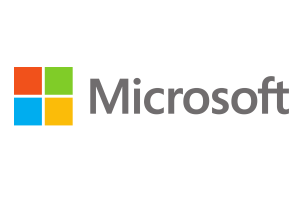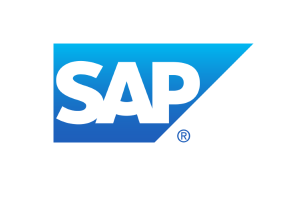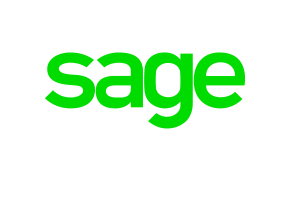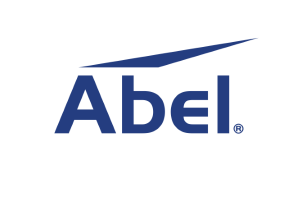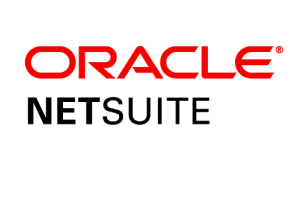ERP and Financial Systems Pavilion
.
Welcome to the ERP pavilion. Below you will find most of the leading ERP vendors and/or their implementation partners in Australia. Click on any vendors of interest to see a showcase of their relevant local case studies, thought leadership articles, recent news stories, and product and industry insights. Use the advanced search facility in the menu bar to search for relevant content across the industries and solution types that you are researching. You can compare vendors across industries, reference sites and features in the Buyers Guide. Also check the iStart events diary for local industry events. All vendors showcased have local representation and actively support clients in Australia, and so will be glad to assist with your enquiries.
If you are wishing to compare solutions from different vendors then take a look at the ERP Buyer’s Guide.
SOLUTION PROVIDER DIRECTORY:
Posts by exhibitor:
.
ERP OVERVIEW
An ERP (enterprise resource planning) solution is an integrated information system that serves all departments within an enterprise. ERP systems evolved out of the manufacturing industry, but are now widely used across many other kinds of businesses.
ERP implies the use of modules of packaged software rather than proprietary software written by or for one customer, and typically an ERP system is integrated with a relational database system.
ERP modules may be able to interface with an organisation’s own software with varying degrees of effort, and, depending on the software, ERP modules may be alterable via the vendor’s proprietary tools as well as proprietary or standard programming languages.
An ERP system can include software for manufacturing, order entry, accounts receivable and payable, general ledger, purchasing, warehousing, transport and human resources.
All of the major ERP solutions may be accessed via web browsers and the internet has also allowed ERP systems to extend out of the financials applications of organisations and along the supply chain, to interact with suppliers for demand planning for example, or to improve customer service by allowing customers to track the progress of orders.
Implementing an ERP system can involve considerable business process analysis, employee retraining, and new work procedures, but the benefits can be very significant.
ERP packages with their native connectivity between modules, are becoming an increasingly attractive way of harmonising the information flow across an organisation. Developments such as EDI (Electronic Data Interchange) or message broking software and standards such as XML are allowing large companies with ERP systems to integrate information handling throughout their departments. At the same time flexibility in pricing and hosting options are also allowing smaller organisations to be able to afford ERP solutions.
.
NEWS | ANALYSIS | RESEARCH

The evolving role of AI in business technology
Are buyers looking for AI features? Or is the reverse more true?

Trends in digital finance
Artificial intelligence will take the sector by storm over the next decade…

Financial reporting and analytics solutions
Why, when, and how to invest wisely…

Whitepaper: Data warehouse automation and ERP
The benefits of incorporating a data warehouse when upgrading your ERP…

E-invoicing: Because cashflow is king
Xero deals and MBIE and Aussie govt plans…

Will local SAP customers Rise to cloud transition?
Realities of Rise, SAP’s latest subscription model…

eBook: The new AP department
What to expect for the future of payables…

Whitepaper: Streamline your financial year-end close
Manual processes can lead to error-prone data analysis…

KPIs and Metrics for Finance Departments in 2020
What is a Finance Department and Manager Level KPI?…

Making Financial Planning a continuous and popular activity
One of the lessons learned from COVID-19 is that the old way of planning doesn’t work anymore…
.



























